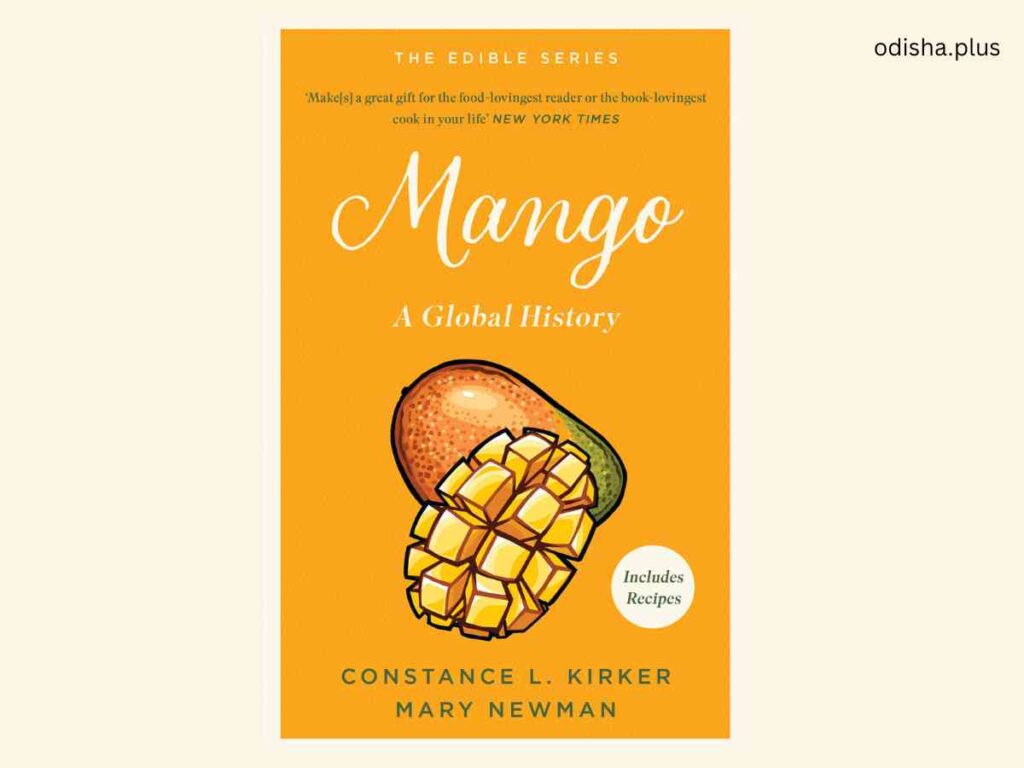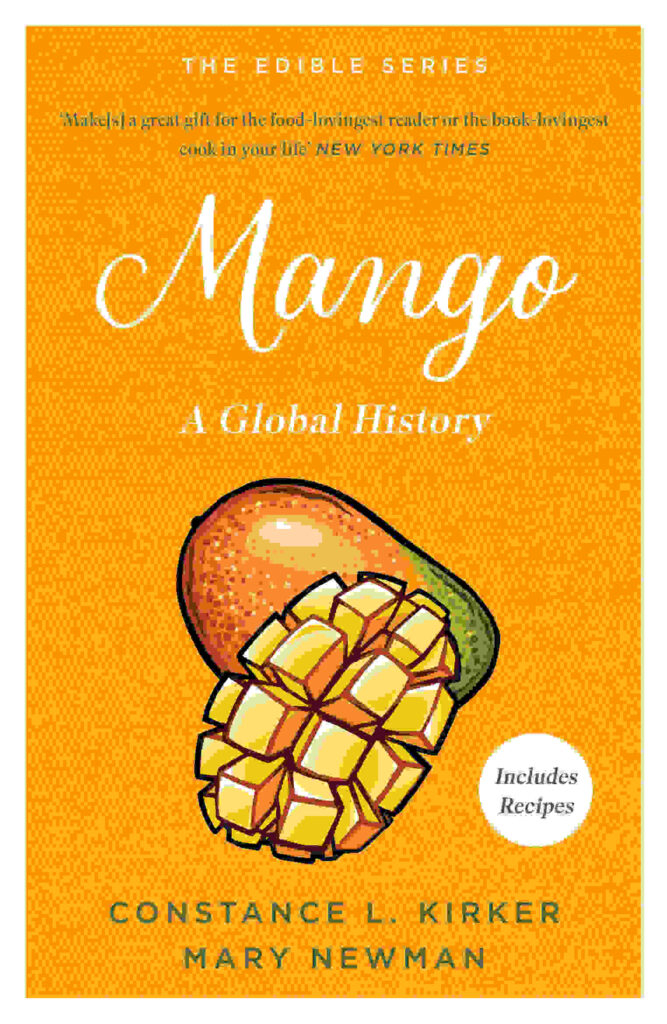Babur describes in detail two ways of eating mangoes: either squeezing the mango to a pulp, making a hole in it and sucking out the tasty juice, or peeling it as one would a juicy peach
OdishaPlus Bureau

Did mangoes play a part in establishing the first Mughal Empire? Sources suggest that Babur (1483–1530), an avid fruit loving ruler in Samarkand, was convinced to become involved in the politics of India by Daulat Khan Lodi, who promised him territory and war booty. But it may have been a strategic gift of mangoes that ultimately won Babur’s support. Babur defeated Lodi’s enemy Rana Sanga of Mewar (c. 1482–1528), thus establishing the foundations of the Mughal Empire
During his reign in the sixteenth century, Emperor Babur kept detailed notes of his daily life and surroundings in the Baburnama (1525–6), considered to be the first autobiography in Muslim literature. Babur’s grandsons later had this manuscript illustrated and included his thoughts on the mango, especially his preference for musk melon from his native Persia: ‘Mangoes when good, are very good. They are usually plucked unripe and ripened in the house. Unripe, they make excellent condiments, and are also preserved in syrup. Taking it all together, the mango is the best fruit of Hindustan.’ Babur describes in detail two ways of eating mangoes: either squeezing the mango to a pulp, making a hole in it and sucking out the tasty juice, or peeling it as one would a juicy peach.

Babur’s grandson Akbar (1542–1605) was a great champion of the mango and promoted mango orchards throughout his empire. It was during his rule that formal orchards were developed as part of grand Mughal gardens, and he himself initiated the creation of the famous Lal Bagh, an orchard of a thousand mango trees, planted near Darbhanga.
(Excerpted from MANGO: A GLOBAL HISTORY by Constance L. Kirker & Mary Newman with permission from the publishers Pan Macmillan India/ New Delhi)
























